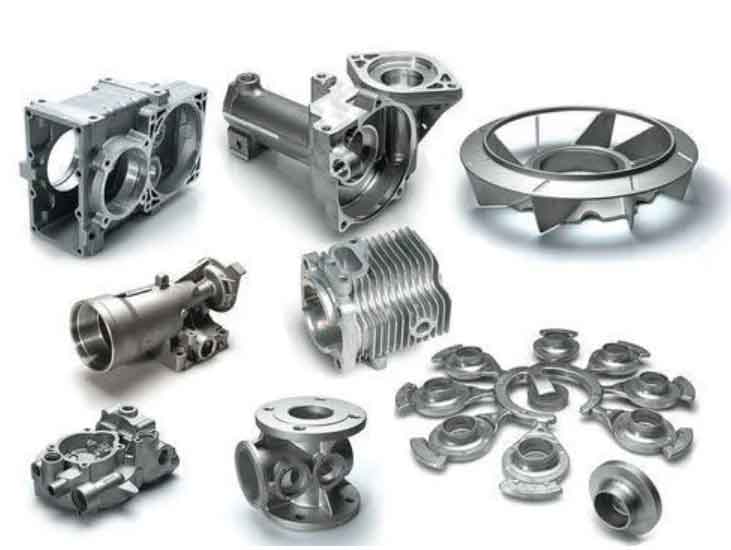
Grey cast iron, also known as gray iron, is a type of cast iron with a distinctive grey-colored fractured surface. It is one of the most commonly used materials in engineering due to its unique properties, wide-ranging applications, and several advantages. Here’s an overview of grey cast iron:
Properties of Grey Cast Iron:
- High Carbon Content: Grey cast iron typically contains between 2.5% to 4% carbon, which contributes to its excellent castability and wear resistance.
- Graphite Structure: The presence of graphite flakes within the iron matrix gives grey cast iron its characteristic grey appearance and provides a cushioning effect, making it resistant to sudden impact and vibration.
- Brittle: Grey cast iron has relatively low tensile strength and is considered brittle, making it less suitable for applications requiring high tensile or impact strength.
- Good Machinability: The presence of graphite makes grey cast iron easy to machine, which is beneficial for manufacturing intricate components.
- Thermal Conductivity: Grey cast iron has good thermal conductivity, making it suitable for applications where heat dissipation is essential.
Applications of Grey Cast Iron:
- Automotive Industry: Grey cast iron is widely used in automotive components, such as engine blocks, cylinder heads, brake discs, and exhaust manifolds.
- Machinery and Tooling: It is used in the manufacturing of machine frames, gears, pulleys, and other components requiring good wear resistance and machinability.
- Pipe and Fittings: Grey cast iron is utilized in the production of pipes and fittings for water distribution and sewer systems due to its corrosion resistance.
- Agricultural Equipment: It is employed in agricultural machinery parts, such as plow bottoms, cultivator points, and tractor components.
- Construction Industry: Grey cast iron is used in construction applications, including manhole covers, drainage grates, and ornamental ironwork.
- Compressor and Pump Housings: Grey cast iron’s good thermal conductivity and machinability make it suitable for compressor and pump housings.
Advantages of Grey Cast Iron in Engineering:
- Cost-Effectiveness: Grey cast iron is relatively inexpensive compared to other engineering materials, making it cost-effective for a wide range of applications.
- Wear Resistance: The presence of graphite flakes provides self-lubricating properties, resulting in good wear resistance and reduced friction.
- Damping Capacity: The graphite flakes in grey cast iron act as a vibration damper, making it suitable for applications where damping of vibrations is crucial.
- Ease of Machining: Grey cast iron is easy to machine, allowing for the production of complex and detailed components.
- Thermal Conductivity: Its good thermal conductivity makes grey cast iron suitable for applications requiring heat dissipation.
- Dimensional Stability: Grey cast iron exhibits good dimensional stability, reducing the risk of warping during cooling.
In summary, grey cast iron possesses a unique combination of properties that makes it an ideal choice for various engineering applications. Its cost-effectiveness, wear resistance, ease of machining, and damping capacity have contributed to its widespread use in industries ranging from automotive and machinery to construction and infrastructure.
